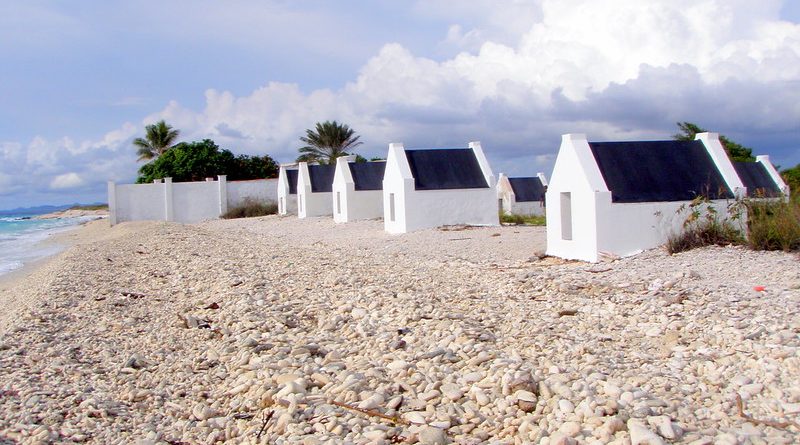Slave Island : Ile de Goree
It’s just a 20 minute hop across the water from downtown Dakar to Goree island, and it’s $5 return for foreigners. Today Ile de Goree is said to be a haven of tranquillity and a hub for artists…but it bears witness to a more gory past.
Ile de Goree was a busy goods trading centre during the 18th and 19th centuries*, and that included the trafficking of humans: slaves.
It was the Portuguese, the first Europeans to reach the west coast of Africa in 1443*, who established the trading station on Ile de Goree.
As the New World was ‘discovered’ and European expansion continued unabated, so the abhorrent practice of forcibly rounding up Africans to ship them across the Atlantic as forced labour boomed.
At the infamous Maison des Esclaves, you can walk around the slave house, visit the dimly lit dungeons where the slaves were held before passing through the famous doorway opening directly onto the sea.
It was actually the Dutch who began trading in slaves on the Ile de Goree in 1588.
Europeans exchanged goods such as arms with Africans in exchange for slaves, who were then shipped to the New World to work as labour on sugar and cotton plantations, . These raw goods were then traded back to Europe.
A staggering 20 million slaves in total were shipped forcibly from Africa, although perhaps only 300 a year were shipped out of the island
Dance troupes often perform on the island,- their rhythm, dance moves and lyrics influenced by the era of the slave trade. A lot of these traditions were then incorporated into the traditions of new nations, such as Brazil, Haiti, and other Caribbean, islands .




